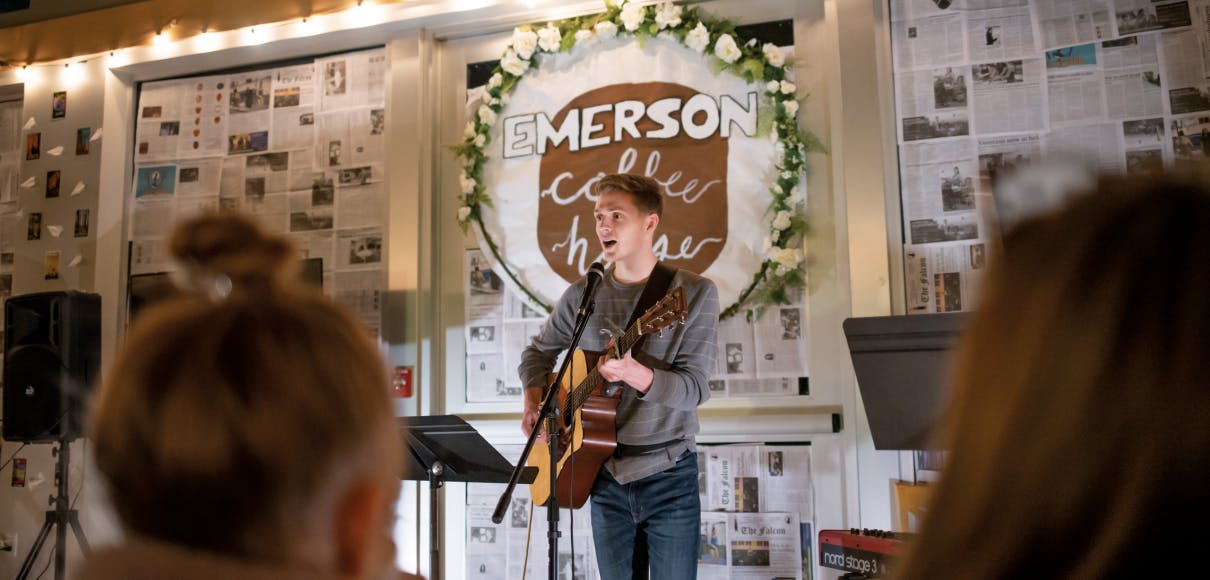How much do you know about some SPU residence hall traditions?
1. Which residence hall started hosting “Decade Skate” in 1989, originally called “’70s Skate Night,” where students dressed up in 1970s fashions and
went roller skating at a local rink, with awards given for best costumes?
2. The annual Toilet Bowl contest was held between which two residence halls from 1995 to 2001? This once-a-year broomball game (sometimes held on ice) required the losing residence hall to display a toilet in their hall lobby until the next year’s competition.
3. The Ashton Cup was first mentioned in the 1988 yearbook. What is the Ashton Cup competition?
Email your answers and any memories of these or other hall traditions to response@spu.edu by Feb. 1, 2021. If you answer all three questions correctly, we’ll enter your name into a drawing to win an SPU sweatshirt.
Last issue’s answers
We didn’t intend to perplex everyone in our spring issue by asking what year the Girls’ Hall, also known as the “Young Ladies’ Hall,” was completed. SPU had several buildings whose primary purpose at one time was to be a residence hall for women.
Tiffany Hall was completed in 1908. Alexander and Adelaide Hall was finished in 1893. Watson Hall was completed in 1946, and Marston Hall was done
in 1958. None of these, however, were called the “Young Ladies’ Hall,” which was completed in 1899 and originally located where Crawford Hall is now.
The question was too vague, so we threw it out and drew a name from among all who correctly answered the rest of our quiz. Congratulations to GALE H. KENNEY ’71, who won an SPU sweatshirt.
The other correct answers:
A 25-foot Tlingit story (totem) pole was the class gift of 1971.
Ernest F. Schwidder designed the concrete panels of Demaray Hall clock tower.
The first issue of the University’s newspaper, The Falcon, was published in 1934.
Seattle Pacific College was renamed Seattle Pacific University on June 5, 1977.




